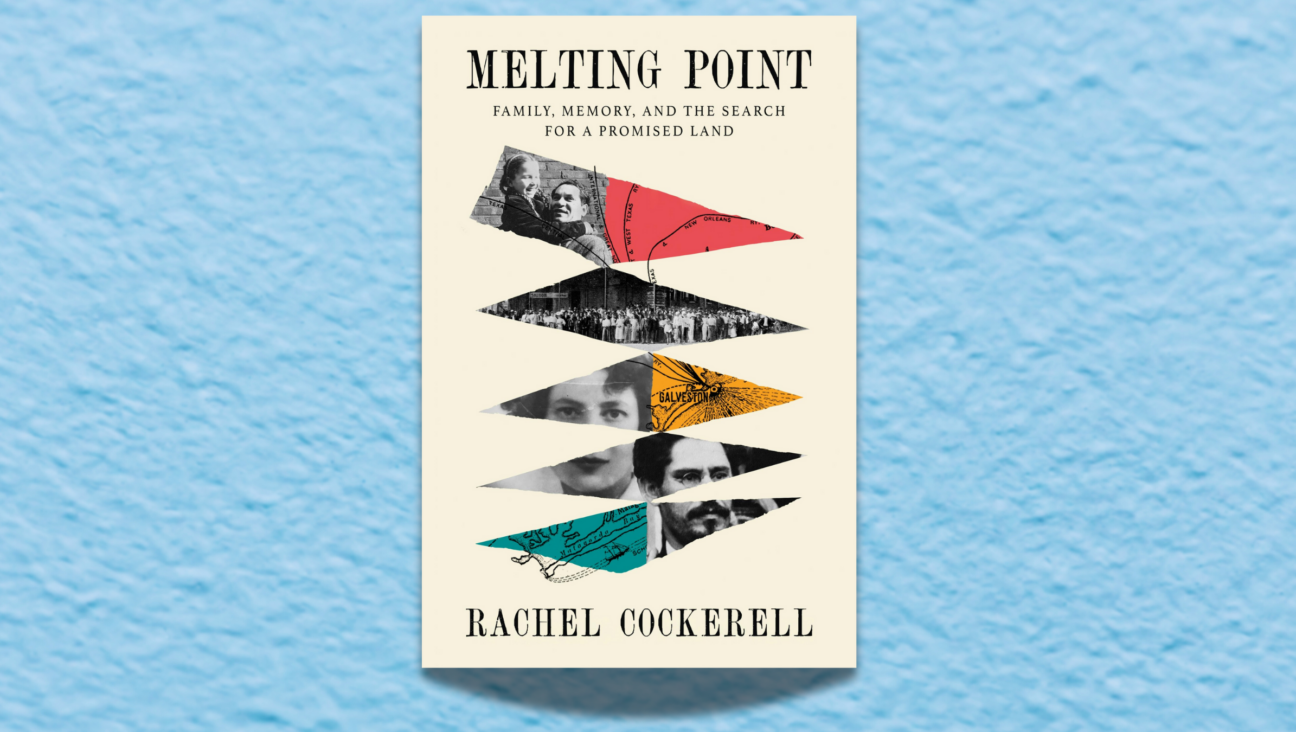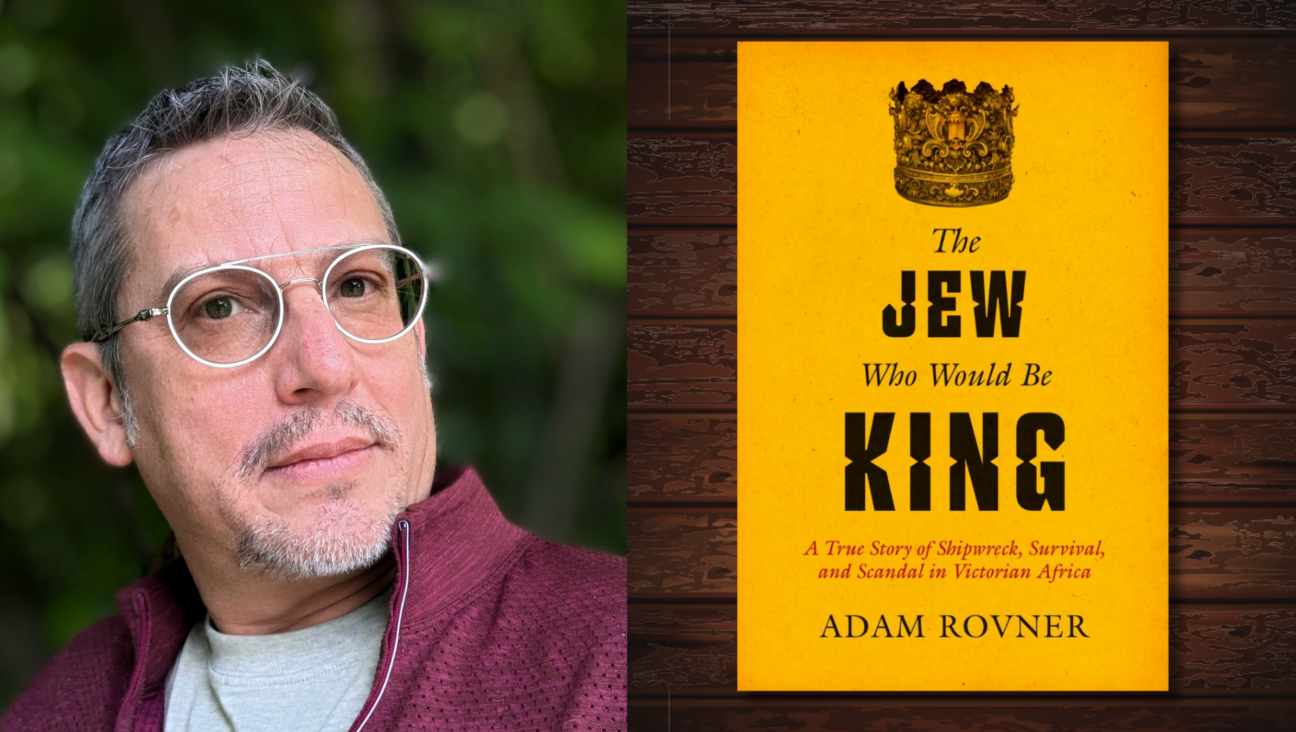How Do You Solve a Problem Like the VIDA Count?

Nothing will change until men read women, Sarah Seltzer argues. Image by Fuse/Thinkstock
Elissa Strauss is right to note that VIDA’s third annual count of male vs. female bylines in “thought leader magazines” created a reaction that, at first, amounted to a giant shrug. Over the past few years many writers, Elissa most notable among them, have asked editors to respond to “The Count.” Most did not take action. The pie charts showing bylines by gender at major publications haven’t really budged.
Now, the question is: How do we make them change? This widely-circulated interview with editors from Tin House and Granta, two publications that have shifted their “counts,” indicates that it’s actually not that hard. Spend more energy focusing on asking women to submit. Check in on your numbers periodically. As Tin House editor Rob Spillman noted, “These are all simple solutions. What I found interesting was that we had all assumed that we were gender balanced, when in fact we weren’t. Now, with a concerted effort, we know that we are.”
The challenge then lies in pushing at entrenched attitudes, making other editors want to adopt Spillman’s simple solutions. I spent last weekend at the Association of Writers and Writing Programs conference in Boston, a massive gathering of writers which counted VIDA as a major partner. I got to chat with VIDA staffers at their booth, listen to a discussion of the VIDA count among writers and editors and attend a VIDA-themed reading with three rock star writers — Meg Wolitzer, Elissa Schappell and Cheryl Strayed as moderator. I ranted about the lack of male attendees at the panel and others complained about the lack of men at the reading. The latter struck me as being even closer to the crux of the issue than the former — men didn’t want to show up for a chat about feminism, sure. But why wouldn’t they want to see so many famous women writers in one room? Listening to the stunning readings, which revolved around the lives of adolescent women, I felt both inspired and discouraged. I really felt like, as a VIDA staffer at the panel said, other publications are simply “trying to ignore us to death.”
Here is what I have been saying for years: There are many things women can do as journalists and writers to pitch and target editors. But the change starts on our bookshelves. Nothing will change until men read women. Nothing will change until men go to panels where women are speaking and reading. And here’s the important part: Nothing will change until men want to read books by women about women’s lives, not only about Thomas Cromwell (no offense to the brilliant Hillary Mantel). Reading books about experiences that are different from ours, whether it’s people of a different race, nationality or gender — shouldn’t make us uncomfortable, but rather curious and excited to uncover those fabled kernels of common humanity beneath the surface.
There’s little women can do to cause this seismic shift besides bug our male friends — and try ourselves to read more queer writers, writers of color and yes, male writers whose subject matter diverges from ours.
But there are other things we can do to chip away at the inequality. On March 14, Pi Day, VIDA urged women to seize a bigger piece of the “pie” by writing publications to praise their efforts to include women writers or to prod them to do more.
On our own, women can “lean in” to our submissions. We can form groups of women who are timid about submitting in order to force ourselves to pitch our work to new outlets or those that have previously rejected us, and boost each other to the contacts we do know. We can ask our male friends who are editors and book reviewers to make an effort to publish women and review their books, and praise them when they do. We can try direct action, whether it’s a subscription divestment or boycott like VIDA did March 14, or a tweetstorm. And we can hand our male friends a book and say, “Read this.” What we can’t do is accept the status quo.
As Elissa Schappell said at the VIDA reading in Boston, sometimes literature by and about women feels like it’s put in a “red tent,” a biblical-era menstrual tent separate from the rest. But if women are people — as I suspect we are — then literature about our lives should be general interest, part of the big tent of human experience.
The Forward is free to read, but it isn’t free to produce

I hope you appreciated this article. Before you go, I’d like to ask you to please support the Forward.
Now more than ever, American Jews need independent news they can trust, with reporting driven by truth, not ideology. We serve you, not any ideological agenda.
At a time when other newsrooms are closing or cutting back, the Forward has removed its paywall and invested additional resources to report on the ground from Israel and around the U.S. on the impact of the war, rising antisemitism and polarized discourse.
This is a great time to support independent Jewish journalism you rely on. Make a gift today!
— Rachel Fishman Feddersen, Publisher and CEO
Support our mission to tell the Jewish story fully and fairly.
Most Popular
- 1

Fast Forward Ye debuts ‘Heil Hitler’ music video that includes a sample of a Hitler speech
- 2

Opinion It looks like Israel totally underestimated Trump
- 3

Culture Cardinals are Catholic, not Jewish — so why do they all wear yarmulkes?
- 4

Fast Forward Student suspended for ‘F— the Jews’ video defends himself on antisemitic podcast
In Case You Missed It
-

Culture How one Jewish woman fought the Nazis — and helped found a new Italian republic
-

Opinion It looks like Israel totally underestimated Trump
-

Fast Forward Betar ‘almost exclusively triggered’ former student’s detention, judge says
-

Fast Forward ‘Honey, he’s had enough of you’: Trump’s Middle East moves increasingly appear to sideline Israel
-
Shop the Forward Store
100% of profits support our journalism
Republish This Story
Please read before republishing
We’re happy to make this story available to republish for free, unless it originated with JTA, Haaretz or another publication (as indicated on the article) and as long as you follow our guidelines.
You must comply with the following:
- Credit the Forward
- Retain our pixel
- Preserve our canonical link in Google search
- Add a noindex tag in Google search
See our full guidelines for more information, and this guide for detail about canonical URLs.
To republish, copy the HTML by clicking on the yellow button to the right; it includes our tracking pixel, all paragraph styles and hyperlinks, the author byline and credit to the Forward. It does not include images; to avoid copyright violations, you must add them manually, following our guidelines. Please email us at [email protected], subject line “republish,” with any questions or to let us know what stories you’re picking up.
















